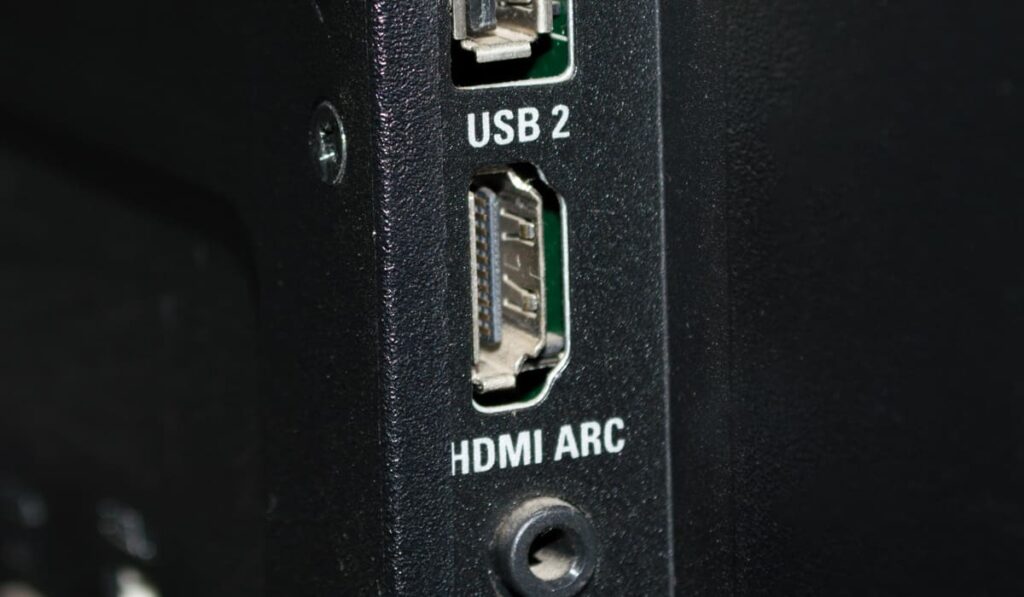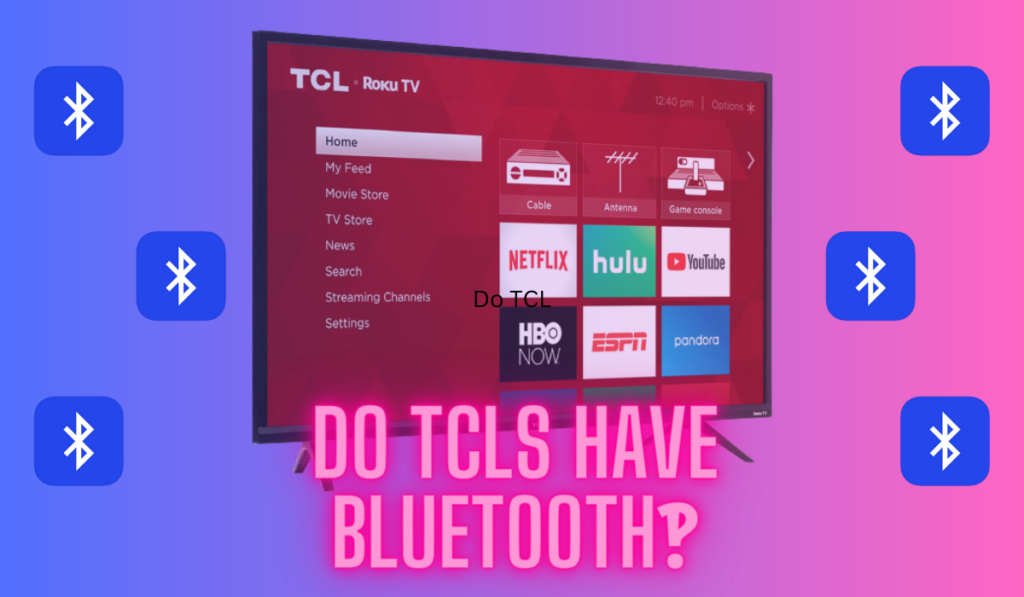Mounting your TV can be a great step toward improving the aesthetic of your entertainment space. It can create more available space in a room, help with cable management, and improve user safety as well. If done correctly, you could soon be enjoying a new and improved space to host family and friends.
Curved TVs can be mounted. Consider your TV’s brand, display size, and weight when shopping for a wall mount. Find out what types of wall studs your house has before buying as well. To know how far the TV should be from the viewer, divide the screen size by 0.55, then mount it that many inches away.
There are many benefits to mounting a TV, whether it’s going to be in your living room, bedroom, or even outside on a patio. There will finally be ease of use, regardless of where you're sitting! You will have the ability to freely move the TV, too, and you’ll have the ability to turn and angle the TV how you choose.
What Kind of Curved TV Mount Should I Get?

Each TV on the market is uniquely built to a specific standard held by its manufacturer. With that being said, most TVs are not alike. They may be different all across the board, but the one thing you need to know is what hardware is needed specifically for your TV to be mounted.
What's really good to know at this point is that curved TVs don't typically require any special hardware or mounting strategy. The back of the TV is flat, at least in the middle where a mount connection will be made, so there's no need for exotic curved-TV-specific hardware.
That said, the size of the TV may make finding the right mount a little tougher. Since Most TVs require different hardware and are different sizes, it can be difficult to choose one that will appropriately fit your needs. Some of the things you need to consider are the brand of the TV, the size of the TV, and one of the most important, the weight of the TV.
If you make sure to check each of these specifications when shopping for a wall mount, you’ll be off to a good start.
Brand
Each brand will have their own specifications on how they design their TVs. The overall design of each product will determine the way you mount your TV.
As you may have seen before on the back of a TV, there are usually 4 holes that are used for mounting the product to a wall.
There is no set or universal standard for how far apart these holes need to be, which can make things a bit more complicated. And if you're considering a curved TV, it’s important to know how the shape of the TV can change the way it needs to be mounted.
Fortunately, if you take your time and choose a high quality wall mount, it will likely be able to fit just about any type of TV. In addition, taking trips to the hardware store for parts or equipment is a thing of the past. All the necessary parts will come included with most universal mounts, like the Echogear Full Motion TV Mount (on Amazon)
TV Size
Again, another thing you need to consider is the size of the TV. Even though I talked about most TV mounting brackets being universal, you still need to make sure that the bracket fits your TV–especially for a curved TV.
For example, if the TV mount specifies that it fits any TV between 43” – 82”, it’s not a good idea to choose that particular wall mounts if your TV only has a 39” display.
Weight
New and improved TVs are growing in popularity on the market, and for good reason. One of the biggest improvements over the TVs of the past is the lighter weight of newer models.
Most people know that when moving from one home to another, it used to be a serious hassle to move older CRT TVs, which often felt like they were made of concrete. But not anymore.
Most TVs nowadays are surprisingly light, even for the large sizes they come in. Even the biggest televisions currently on the market likely won’t exceed your wall mount’s weight limit.
Nevertheless, you still need to consider the weight of the TV, especially if you have an older model. Each mount will clearly list the maximum weight it can support.
Where Should I Mount the TV?

It’s a good rule of thumb to avoid putting your TV in any environment that is too hot, cold, or humid. As you can probably imagine, that eliminates a number of possibilities for damaging your TV right off the bat.
One of the most common mistakes is mounting the TV above a fireplace that is being actively used. This could lead to any number of problems down the line, especially due to the heat.
Most TVs shouldn’t be exposed to any temperatures over 100 degrees Fahrenheit. If you plan to go ahead and mount it above a fireplace anyways, it may be ideal to test your fireplace beforehand by making sure the temperature where your TV will go does not rise above the instructed level that the television can take.
Another good thing to consider is the height and distance from the viewer that the TV should be mounted. Mounting the TV too high could potentially cause strain for the viewer's neck and would not be relaxing to watch. It is ideal to mount the TV somewhere not too far above eye level.
As far as distance is considered, you don’t want to put it too far from where you'll be viewing it. If you're going to mount a TV, consider the space you are working with and the size of the TV that you're mounting.
Ideally, you should be able to take the size of the display and divide it by 0.55 to find how far you should sit from the TV.
For example, if I had a 65 inch TV, I’d divide 65 by .55, and I would then know to sit approximately 118 inches from the TV. If there is not enough space in the room to do so, then you may want to consider mounting the TV in another room or purchasing a smaller TV altogether.
What Else Should I Consider Before Mounting My TV?
One thing you should consider before you even order a TV Mount is the width between the studs. Wherever you are mounting a TV, you need to use any variety of tools to find out if your home is either built with 16 inches or 24 inches between each stud.
This really does matter, and it allows you to plan ahead for what you need. There are two common types of TV mounts that will work for both 16-inch and 24-inch studs.
It is not advisable to wing it or to just mount it directly into the drywall. Especially if you have spent a pretty penny on the TV you are mounting.
The last thing you want is to damage the drywall, break the TV, or possibly compromise someone’s safety if they’re near the TV and it falls off the wall.
It’s a lot to consider, but as long as you follow the instructions, it’s an easy project that won’t take much time. Once you have finally found the one that works best for you, it’s just a matter of choosing the shipping method.





